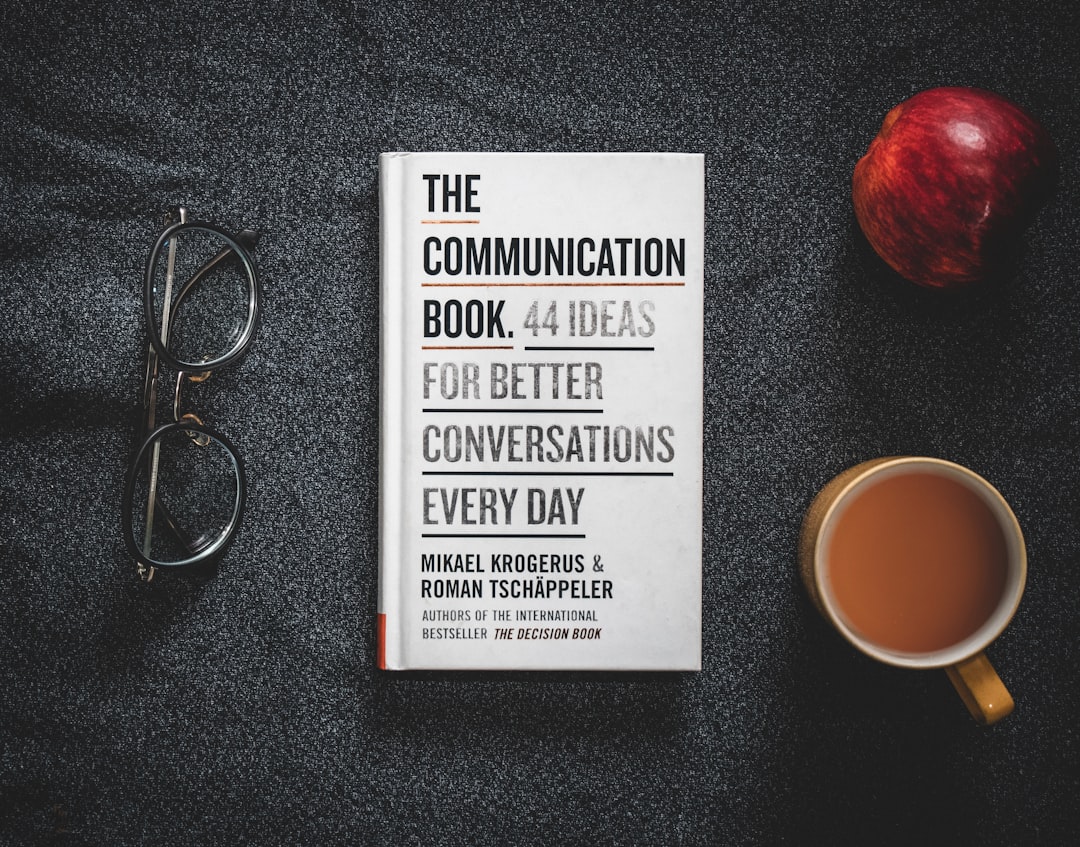
Effective Communication Session Template for Enhanced Messaging Strategies
In today’s fast-paced digital landscape, effective communication is essential for organizational success. With teams often distributed across different locations, the need for a structured approach to communication becomes paramount. This article will provide insights into an Effective Communication Session Template designed to enhance messaging strategies, improve collaboration, and drive engagement.
Understanding the Importance of Effective Communication
Effective communication is the cornerstone of any successful business operation. It fosters collaboration, increases productivity, and creates a culture of transparency. The challenges of remote work and global teams have emphasized the need for clear and concise communication. By utilizing an effective communication session template, teams can streamline their messaging strategies, ensuring that everyone is on the same page.
Key Components of an Effective Communication Session Template
Creating a robust communication session template involves several key components:
1. Objectives and Goals
Before initiating any communication session, it’s crucial to define the objectives and goals. This helps participants understand the purpose of the meeting and what outcomes are expected. For instance, if the goal is to discuss project updates, clearly state that at the beginning of the session.
2. Agenda
A well-structured agenda serves as a roadmap for the session. It outlines the topics to be discussed, the time allocated for each topic, and the person responsible for leading each discussion point. This keeps the session organized and ensures that all relevant topics are covered.
3. Roles and Responsibilities
Assigning roles and responsibilities during the communication session can enhance accountability. Designate facilitators, note-takers, and timekeepers to ensure that the session runs smoothly. This encourages participation and keeps everyone engaged.
4. Discussion Guidelines
Establishing ground rules for discussion can lead to more productive conversations. Guidelines such as respecting different viewpoints, actively listening, and encouraging questions can foster a positive communication environment.
5. Follow-Up Actions
At the end of the session, summarize the key takeaways and outline any follow-up actions. This ensures that all participants are aligned on what needs to be done after the meeting, which reinforces accountability and progress tracking.
Current Trends in Effective Communication Strategies
As technology evolves, so do the methods of communication. Here are some current trends that are shaping effective communication strategies:
1. Asynchronous Communication
With remote work becoming the norm, businesses are increasingly adopting asynchronous communication tools. Platforms like Slack and Microsoft Teams allow teams to communicate without the need for real-time interactions, providing flexibility and accommodating various time zones.
2. Visual Communication
Visual aids such as infographics, charts, and videos are becoming essential in conveying complex information. The integration of visual elements can make messages clearer and more engaging, leading to better retention of information.
3. Feedback Loops
Establishing feedback loops is crucial for continuous improvement in communication strategies. Regularly soliciting feedback from team members about communication practices can help organizations refine their messaging and address any gaps.
Practical Applications of the Effective Communication Session Template
To illustrate the effectiveness of the communication session template, consider a case study involving a tech startup that struggled with cross-departmental collaboration. By implementing the template, they were able to:
- Define clear objectives for each session, leading to focused discussions.
- Create a structured agenda that addressed key issues impacting collaboration.
- Assign roles, ensuring that meetings were productive and engaging.
As a result, the startup saw a significant improvement in team morale and project outcomes.
Expert Opinions
According to Dr. Jane Smith, a communication expert, “A structured approach to communication not only enhances clarity but also builds trust within teams. When everyone knows their role and the purpose of the conversation, it creates a more cohesive work environment.”
Conclusion
Implementing an Effective Communication Session Template can revolutionize the way organizations communicate. By focusing on structure, clarity, and accountability, teams can enhance their messaging strategies and foster a collaborative culture.
For those looking to dive deeper into this topic, consider exploring tools like Miro for visual collaboration, or Trello for tracking follow-up actions.
To further enhance your knowledge on effective communication, check out these resources:
As you embark on optimizing your communication strategies, consider sharing this article with your network or subscribing to our newsletter for more insights and updates on effective communication practices.


